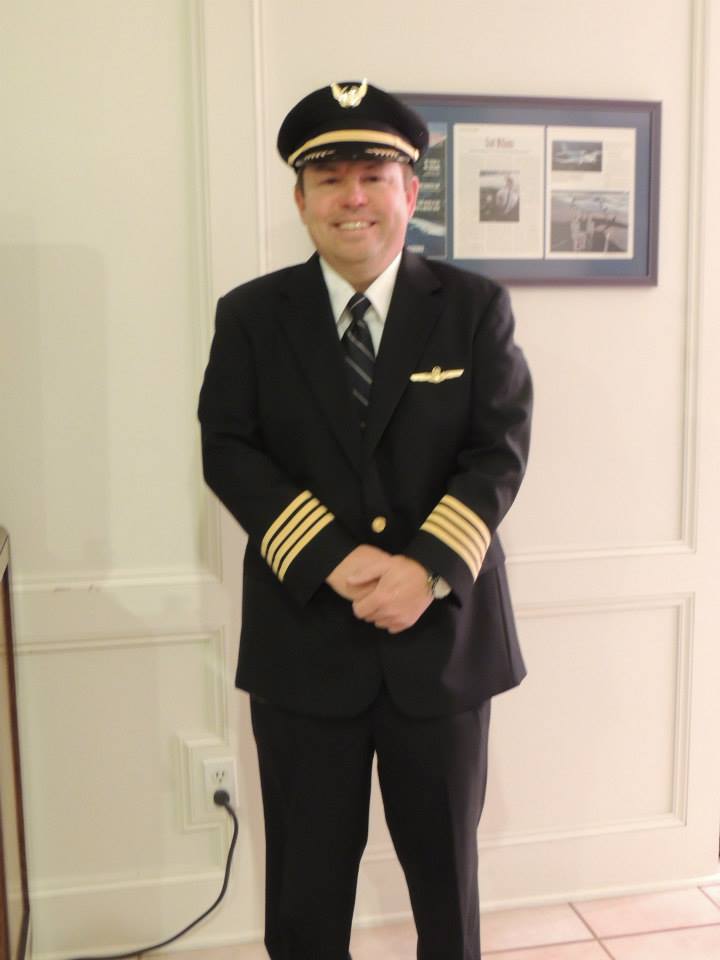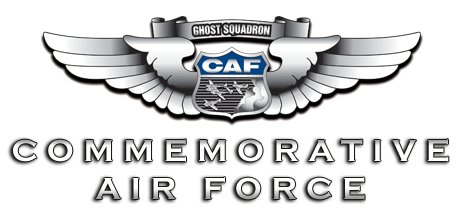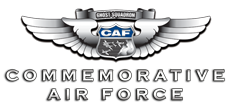Path to Becoming a Major Airline Pilot
Editorial Content by CAF Col Charles Scott Williams - January 2024
As of this writing, I see airline pilots hiring at a rate I have never seen in my 38 years as an airline pilot! Times have certainly changed as I spent nearly seven years as a Flight Engineer at the beginning of my major airline career, then ten and a half years as a First Officer before initially upgrading to Captain on the Boeing 737. Major airline new hires today are upgrading to Captain in a year, having never flown in the now nearly extinct Flight  Engineer seat. In a vocation that offers the dream of being paid to fly an airplane, you can earn almost half a million dollars per year as a senior widebody Captain at some major airlines. With airline pilot retirements accelerating and airline expansion, the supply/demand formula drives up airline pilot pay and hiring. In my experience of being hired by a major airline in the latter part of 1987, I caught the last energy of a hiring wave. From this, I learned that whenever there is a hiring wave in the airlines, you better get out of the surfboard and hop on it because it might not last long. Today, that wave is a tidal wave that seems to roll on forever!
Engineer seat. In a vocation that offers the dream of being paid to fly an airplane, you can earn almost half a million dollars per year as a senior widebody Captain at some major airlines. With airline pilot retirements accelerating and airline expansion, the supply/demand formula drives up airline pilot pay and hiring. In my experience of being hired by a major airline in the latter part of 1987, I caught the last energy of a hiring wave. From this, I learned that whenever there is a hiring wave in the airlines, you better get out of the surfboard and hop on it because it might not last long. Today, that wave is a tidal wave that seems to roll on forever!
So how do you get to the airlines? If you are interested in a flying career but have never flown an airplane, try a discovery flight at a small airport near your town. Taste the aerial water and see if this is something you might like to do. The Flight Instructor you fly with will allow you to fly the airplane so that you can feel what it’s like to control the aircraft! Take your flight in the early morning when it’s cool, and the air is smooth. Make the experience an enjoyable one. You might find yourself addicted to this thing called aviation! Now you’ve caught the aviation bug and want to proceed into this wonderful universe of flying. You must take a flight physical with an Aviation Medical Examiner, a doctor who serves the Federal Aviation Administration (FAA), by certifying pilots to be medically fit to fly. To fly, you must have a valid FAA pilot medical certificate. Before you fill out the forms required for the appropriate FAA medical exam, I recommend seeking legal advice on your intended entries on this form. The Aircraft Owners & Pilots Association (AOPA) is one organization that could be contacted for advice on this subject, as they offer a Legal Services Plan for pilots at a reasonable cost.
CAF PILOT SCHOLARSHIP
Learn how you can Earn your Private Pilots License in One Year and Accelerate your career in aviation.
Thus far, you’ve flown the discovery flight on a cool morning with calm winds and a smooth ride and determined that you want to do aviation. You now have your FAA flight physical/Student Pilot Certificate. I recommend these two things first because you need to know if you have the desire to fly, and there is no sense in spending thousands of dollars on flight training if you have no desire to fly and cannot pass an FAA Flight Physical. The next step is finding a flight school to obtain your pilot ratings. In the airlines, everything is seniority! Your airline seniority determines your flight schedule, your vacation, the aircraft you fly, your income, and if economic times turn lean, the last hired is the first furloughed. The sooner you get hired, the better! I recommend an accelerated flight school such as ATP because you can typically go from 0 flight hours to Commercial Pilot in less than a year. I say ATP because it comes to mind, but there are many such schools like this, so shop around for the best quality and price. You have now enrolled in a flight school and, in less than a year, have earned your Private Pilot’s License, Commercial Pilot’s License, Single and Multi-Engine Ratings, and Flight Instructor Rating(s). Schools such as these often hire their graduates to flight instruct at the school. This offers you the chance to build flight hours rapidly.
In a year and a half to two years, you will likely achieve the flight hours required to get hired by a regional air carrier. The next step in your flying career, that of a regional airline pilot, puts you one rung away on the aviation career ladder from becoming a major airline pilot! Here, you will likely spend at least two years building flight experience in turbine-powered aircraft in airline operations. In today’s airline hiring boom, many major airlines have dropped the requirement for a 4-year Degree. I advise that once you get hired by a regional carrier as a pilot, you begin working on your 4-year Degree. With the flight ratings that you have earned, many universities that offer aviation degrees, such as Utah Valley University, give you college credit for your flight ratings. With this credit toward your degree, you can start online classes. In the time you spend at a regional carrier, you can complete your 4-year Degree by the time you have the flight experience necessary to qualify as a pilot for the major airlines. The regional airline's pay levels should allow you to afford the cost of your education, enabling you to pay as you go without loading yourself up with student debt. Shop around for an accredited university to obtain your degree. Find the accredited school that gives you the greatest college credit for your flight ratings and offers the least cost to obtain your 4-year Degree.
There are two major reasons for earning a 4-year Degree: You are more competitive for the position of airline pilot with a 4-year Degree, and if you cannot pass the FAA Flight Physical due to a medical deficiency, you have a degree that can open employment opportunities in other fields. The objective is to become a Major Airline Pilot. You’ve earned your 4-year Degree, you have the flight qualification, and now you get the call that offers you a job in the Majors! You’ve arrived! You’ve come a long way, so don’t slack off now. In training at a major airline, you must focus on your training and eliminate outside distractions. Do your best always; after completing this training, you will be released to fly scheduled passenger flights. You have the catbird seat on a career with great monetary benefits and seeing many corners of the planet with your own eyes!
About the Author: Charles Scott Williams is a significant airline Boeing 777 Captain with nearly 31,000 flight hours and a Veteran of the United States Air Force, having served as an air traffic controller for four years, Honorable Discharge. Education: Master's Degree in Aeronautical Science with a Concentration in Space Studies from Embry-Riddle Aeronautical University. Hobbies: flying the family Cessna 310, flying in the Commemorative Air Force (former B-17 Co-Pilot, current Beechcraft 18 Pilot, and B-29 Flight Engineer trainee). Other warbird experience: P-51 Mustang, Supermarine Spitfire, L-39 Albatross, and C-46 Commando. Married for 37 years to a wonderful wife, with a wonderful daughter and son-in-law, and two wonderful grandchildren.


